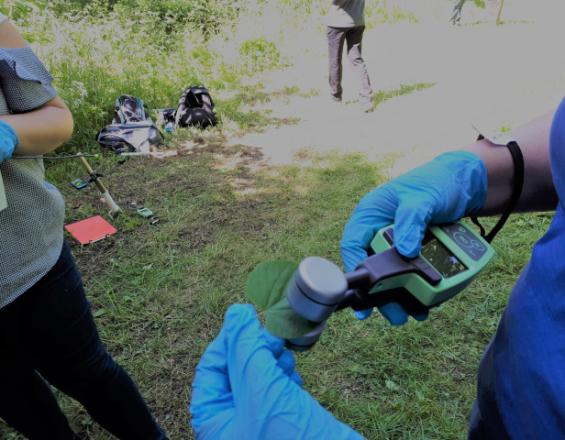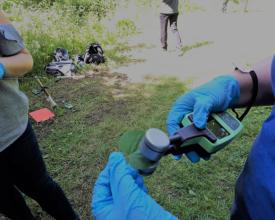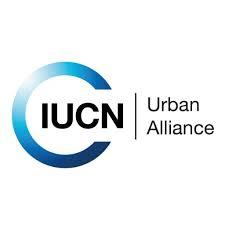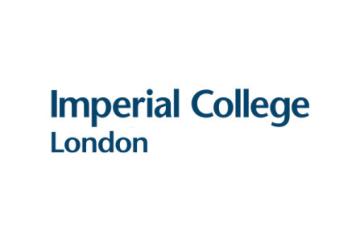
Les effets de la gestion des espaces verts urbains sur la santé des arbres et des sols

La gestion de la végétation et des sols joue un rôle important dans le cycle du carbone en milieu urbain, mais notre compréhension des cycles du carbone dans les espaces verts et bleus urbains est très limitée. Ces espaces peuvent apporter des avantages essentiels au bilan carbone global d'une ville, ainsi que d'autres avantages importants liés à l'atténuation des inondations, au confort thermique, à la qualité de l'eau, à la biodiversité, à la réduction de la pollution atmosphérique et sonore et à l'amélioration de la santé et du bien-être de l'homme.
En Europe, les arbres et les sols urbains de six sites (trois parcs) à Birmingham, Londres et Paris ont été étudiés pour comprendre comment la gestion des espaces verts urbains affectait la santé des arbres et des sols, et donc la séquestration et le stockage du carbone. Le projet collaboratif a impliqué des chercheurs d'Earthwatch et d'instituts au Royaume-Uni et en France qui ont guidé une équipe de scientifiques citoyens pour collecter des mesures de sol et d'arbres sur le terrain, ainsi que pour prélever des échantillons de sol et de feuilles qui seront ensuite analysés en laboratoire.
Contexte
Défis à relever
Emplacement
Impacts
Les citoyens scientifiques ont collecté des données sur la longueur des branches, le nombre de feuilles, la surface foliaire et la teneur en chlorophylle des feuilles afin d'estimer la croissance et la vitalité de chaque arbre étudié. Des micro-dendromètres sensibles qui ont collecté des milliers de points de données pendant 20 mois ont également enregistré les changements complexes du diamètre des arbres qui peuvent être utilisés pour déduire la croissance, la transpiration, la phénologie, la mobilisation des réserves, l'état de santé et la température atmosphérique. Les données recueillies ont montré que les arbres gérés présentaient la plus forte croissance. Les scientifiques du projet ont associé cette meilleure productivité à l'absence de concurrence de la part d'autres arbres pour les ressources telles que la lumière dans les environnements gérés.
Les citoyens scientifiques ont également mesuré la couleur du sol comme indicateur de la matière organique du sol et ont prélevé des échantillons pour les analyser en laboratoire. Les résultats ont montré que le carbone du sol était plus élevé dans les zones non gérées, où la litière de feuilles et d'autres végétaux n'étaient pas enlevés et où les arbres étaient peu espacés. Les sols de ces sites stockaient mieux le carbone que les sols où les feuilles des arbres avaient été enlevées (sites gérés).
Les résultats montrent que l'emplacement et la gestion des arbres offrent toute une série d'avantages en matière de capture et de stockage du carbone. Les chercheurs ont également mis en évidence la corrélation entre les données recueillies par les citoyens scientifiques, les capteurs et les échantillons de laboratoire, soulignant la valeur de l'engagement des communautés dans la collecte de données scientifiques.





